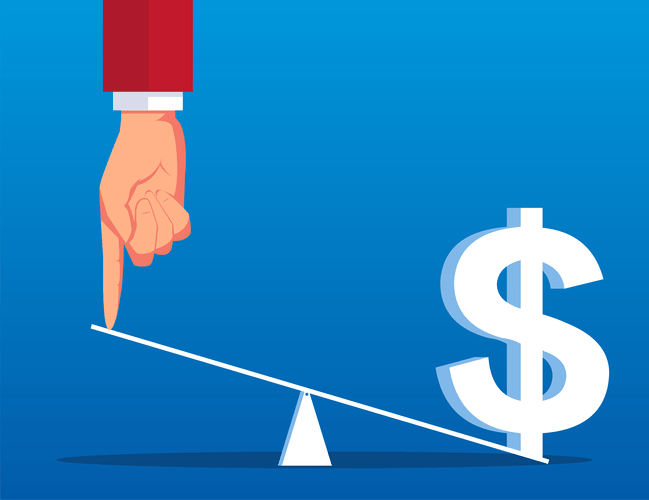
Generally speaking, only the labour costs directly involved in the manufacture of the product are included. In most cases, administrative expenses and marketing costs are not included, though they are an important aspect of the business and sales because they are indirect costs. It’s subtracted from a company’s total revenue to get the gross profit. A business needs to know its cost of goods sold to complete an income statement to show how it’s calculated its gross profit. Businesses can use this form to not only track their revenue but also apply for loans and financial support.

The ideal selling price should be at least greater than $7 to make a profit since it needs to account for both COGS and the additional indirect costs like marketing and shipping. Unlike inventory, the COGS appears on the income statement right below the sales revenue. Thus, the cost of the revenue takes cost of goods sold into consideration COGS or Cost of Services and other direct costs of manufacturing the goods or providing services to the customers. Such cost would include costs like cost of material, labour, etc. however, it does not consider indirect costs such as salaries for determining the Cost of Revenue.
Why Is Cost of Goods Sold (COGS) Important?
COGS is calculated each year by showing changes in the company’s balance of “goods” or inventory, from the beginning to the end of the company’s fiscal (financial) year. Current period net income as well as net inventory value at the end of the period is reduced for the decline in value. To use the periodic inventory system, purchases related to manufactured goods must be accumulated in a “purchases” account.
Thus, from the above example, it can be observed that the cost of the merchandise that Benedict Company Manufacturers has to sell cost him $530,000 leaving the closing inventory of $20,000. Waste and theft can create a difference between the inventory you purchase and the inventory you sell. Prioritize efficiency and oversee staff to ensure every piece of inventory goes into the final product, and every final product goes to a customer. This will go a long way in controlling your cost of goods sold.
Cost of Revenues Vs COGS
Properly calculating your cost of goods sold allows you to determine a “true cost.” Once you know the COGS, you can calculate your gross profit. Check with your tax professional before you make any decisions about cash vs. accrual accounting. The cost of goods sold is how much it costs the business to produce the items it sells. The calculation of the cost of goods sold is focused on the value of your business’s inventory. If you have a very simple business and the COGS calculation is fairly straightforward, you might be able to do this yourself.
For example, rent would be a fixed cost while utilities would be a variable cost. While rent will occasionally go up, it is usually a consistent set expense each month. To properly calculate the cost of goods sold or the cost of service, there needs to be an understanding of what can be included in those calculations. The IRS has a detailed explanation of how to calculate your cost of goods sold properly. You must follow the set rules and regulations when calculating and filing. The goods purchased over Q2 are valued at $4000, and the ending inventory is valued at $3000.
Examples of the cost of goods sold
It directly impacts a company’s bottom line and overall financial health. Thus, businesses must accurately calculate and closely monitor their COGS. Because he buys them directly from a distributor, he does not have to include any labor costs when calculating his cost of goods sold.

The cost of goods sold is usually separately reported in the income statement, so that the gross margin can also be reported. Analysts like to track the gross margin percentage on a trend line, to see how well a company’s price points and production costs are holding up in comparison to historical results. This includes direct labor cost, direct material cost, and direct factory overheads.
If you own a company or are considering investing in some company, you might want to check its inventory, to get a clearer picture of the revenue and the net profits of the company. An S corporation files its business income taxes on Form 1120S. The cost of goods sold is calculated on Form 1125-A and included on Line 2 of Form 1120S. The process for calculating the cost of goods sold is the same for all business types. Before you begin, you will need to set the inventory valuation method you want to use – cost, lower of cost or market, or retail.
Tags :